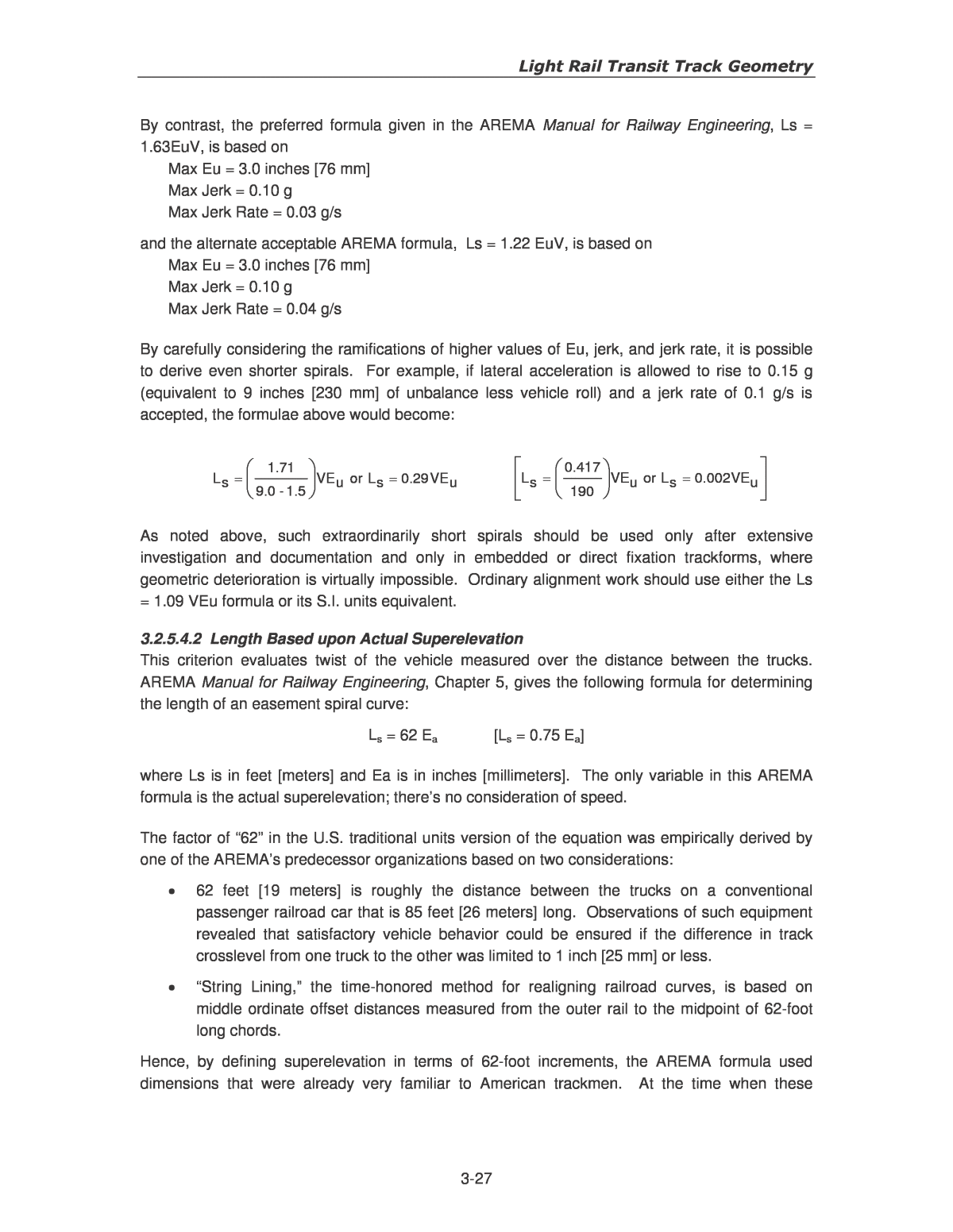Arema Manual For Railway Engineering Chapter 8
Cooper E80 simulates the live load from a train, usually on a bridge. It is a series of point loads (simulating locomotive wheels) followed by uniform distibuted load of 8 kips per linear foot of track (the total load on two rails to simulate railcars). As is so often the case, it is more complicated that this.
1 - STANDARDS RESPECTING PIPELINE CROSSINGS UNDER RAILWAYS 1. SCOPE 1.1 These standards may be known as the 'Pipeline Crossing Standards'. 1.2 These standards are.

Double Andorre Manual. There are factors for impact, sideways imbalances, longitudinal forces, multiple tracks, different values for reaction, shear & moment that all differ depending on span length. Most civil engineering handbooks, especially older editions, will give give some coverage to Cooper loading. A final note, the 'Standard' Cooper train is an E10. Cooper E80 is eight times larger and is a reasonable approximation for the requirements of a main railway line.
RE: What is E80 Loading? Fincon Accounting Keygen more.
CE 515 Railroad Engineering Structures Source: AREMA Chapter 8 Introduction and Major Bridge Components “Transportation exists to conquer space and time -” Introduction Railway structures serve one of two functions: Support the track itself House railway operations What are some examples of railway structures? Types of Structures Track Carrying Structures Bridges Trestles Source: Track Carrying Structures Bridges Trestles Viaducts Culverts Scales Inspection Pits Unloading Pits Source: Source: Types of Structures Ancillary Structures Drainage Structures Source: Drainage Structures Retaining Walls Tunnels Snow Sheds Repair Shops Loading Docks Passenger Stations Platforms Fueling Facilities Towers Catenary Frames Source: Structural Design: Loads Dead Loads—self weight Live Loads—traffic induced Dynamic Loads—traffic induced impact, centrifugal, lateral and longitudinal forces. Environmental Loads—weather wind, snow and ice, thermal, seismic, and stream flow loads Structural Design: Railway vs.
